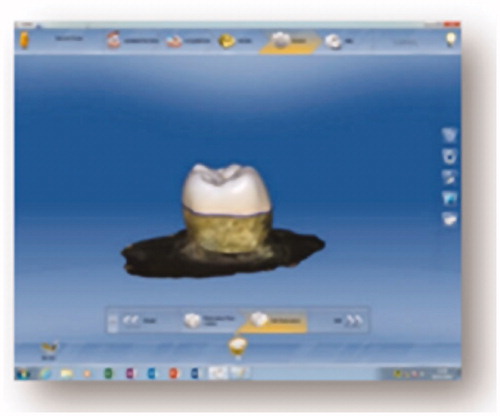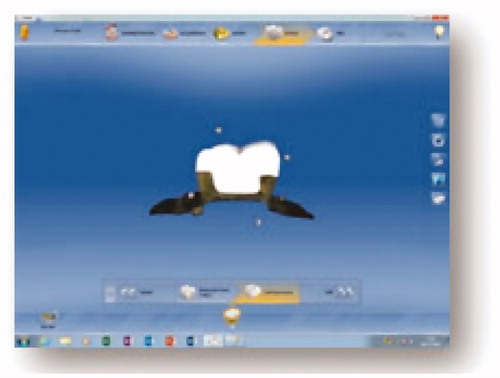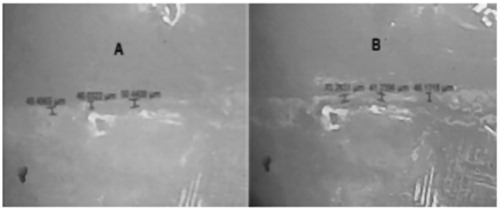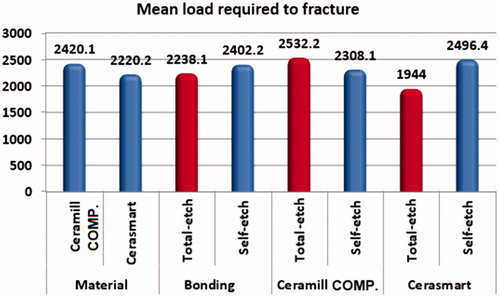Figures & data
Table 1. Chemical compositions, manufacturers, and product names of the various materials used in this study.
Figure 5. Mean marginal gap before and after thermo-mechanical aging via different bonding protocols for each material approach.
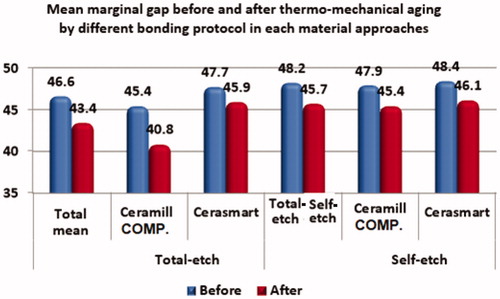
Table 2. Comparisons of the marginal gaps for the different material groups and bonding protocols.
Table 3. Comparisons of the load required to fracture the endocrown with respect to the material used and different bonding protocols.
Data availability
All data supporting the reported results are available in a report available from the corresponding author upon request.

